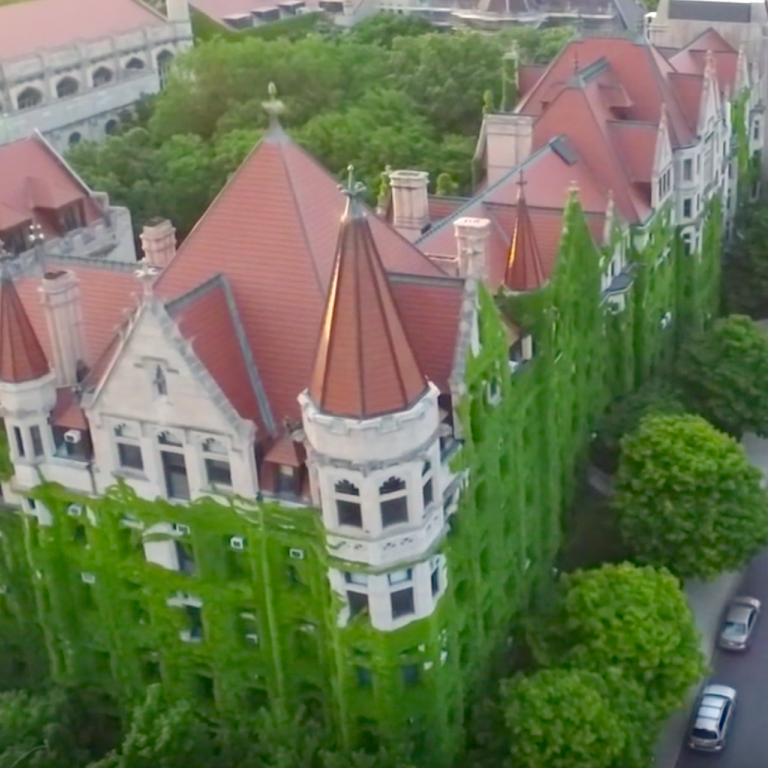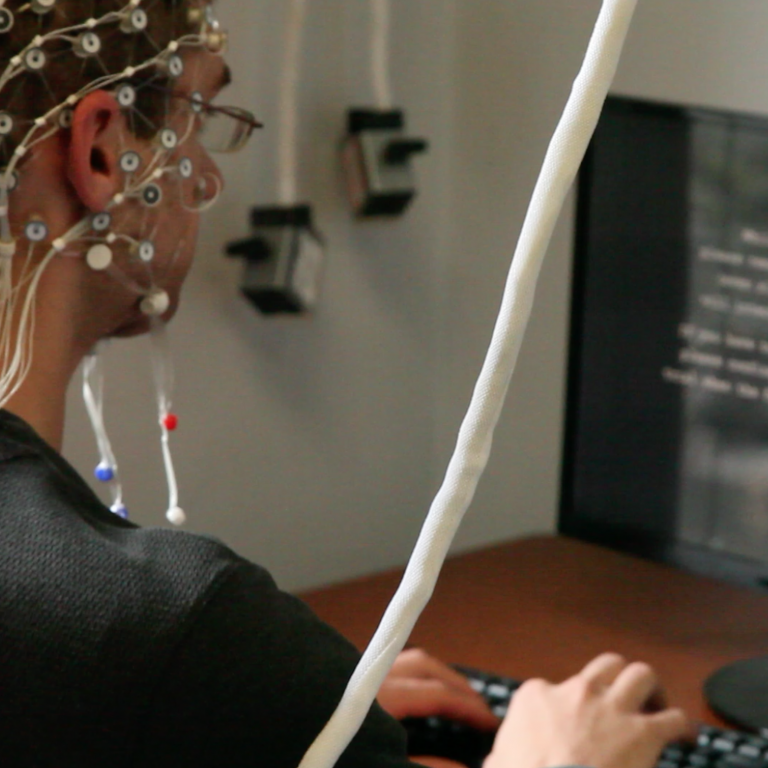The Wisdom of Oz: A Metaphor of Moral Courage and Self-Compassion
In her famous words at the end of the 1939 film production of The Wizard of Oz, Dorothy Gale helps us to realize that wisdom is not granted by a wizard or teacher so much as it is realized by the individual by searching within. The Wonderful Wizard of Oz was first published in 1900 long before the MGM movie was released in 1939. This movie that was produced over 70 years ago has captured the interest and imagination of children and adults generation after generation. This timeless story must be timeless for a reason. In fact, the author L. Frank Baum believed the story may have been divinely inspired: “It was pure inspiration. It came to me right out of the blue. I think that sometimes the Great Author had a message to get across and He was to use the instrument at hand” (Morena, 1998). Indeed, the story of Oz sends a timeless message of faith and courage to all who struggle with life’s challenges, and to teach us to look within to discover that wisdom was always there to begin with.
The story of Oz has had many interpretations over the decades most notably by L. Frank Baum’s great-granddaughter, Gita Dorothy Morena, named after the lead protagonist. In 1998, Morena published The Wisdom of Oz: Reflections of a Jungian Sandplay Therapist. She envisions the characters of the Oz story as metaphors of different aspects of an individual’s psychological and spiritual growth. As Dorothy travels down the yellow brick road in search of a wizard, who might help her find her way home, she meets three friends on her journey: the Scarecrow who feels inferior in his ineptitude, the Tin Woodman who feels emotionally numb and wishes for heart-felt compassion and connection, and the Cowardly Lion, a bully, who is ashamed by his lack of courage. The yellow brick road, a symbol of Dorothy’s path to wisdom, leads her on her journey to realize that she needed to reconnect with her heart and allow herself to experience self-compassion, to find the inner strength and courage to examine the sources of her fears, and to realize that she does not need to look further than within herself to find the wisdom and happiness she desires.
All of this seems so simple, but is it? One message that comes across in Baum’s story is that the road to wisdom is hard work and a daily struggle to maintain, and the journey at times can be excruciatingly painful. As the story suggests, wisdom requires self-reflection and looking deeply into past experiences to gain insight into the sources of our current states. According to Staudinger and Kunzmann (2005), wisdom requires critical self-examination, flexibility, tolerance of ambiguity, and ‘extraordinary effort and most likely pain’ (p. 326). In some cases, adversity can aid in the development of wisdom (Ardelt, 1998).
There is much research on how tragedy and adversity can often create symptoms of post-traumatic stress disorder. Victimization and even social exclusion can breed aggression and decreased prosocial behavior (Baumeister et al., 2005); however, other research shows mounting evidence that trauma often precedes personal and spiritual growth and prosocial attitudes and behavior (Tedeschi & Calhoun, 1995). Post-traumatic growth is seen in many examples of what Ervin Staub refers to as “altruism born of suffering” – how suffering inflicted by human perpetrators (e.g. genocide, terrorism) and natural disasters (e.g. earthquakes, tsunamis) correlates with altruism and prosocial behavior (Staub and Vollhardt, 2008). For instance, in a study following the 9/11 terrorist attacks on New York City, people who reported high stress reactions, also reported volunteering and donating more than those who reported less suffering (Schuster et al., 2001). Moreover, Laura Carstensen from Stanford University noted in a recent interview on wisdomthat after 9/11, younger people reported seeing life more clearly, a sign of posttraumatic growth.
Research led by Kang Lee of the University of Toronto found that 9-year-old children exhibited increased altruistic and empathic tendencies after an earthquake struck their homes in Mianyang, China in May 2008. One might argue that these children made gains in wisdom given their increases in prosocial attitudes and behaviors (Meeks & Jeste, 2009).
It is true that unhealed wounds of the past can give rise to destructive behavior and motivations, but if we look at our past experiences especially those of pain and loss and come to understand the roots of violence and suffering, we may find opportunities to heal, develop, and grow to be wise or wiser. Like in the story of Oz, witches and cyclones, while wicked and destructive, can be vehicles for spiritual growth and wisdom.
In a recent article in Time magazine, "How Disasters and Trauma Can Affect Children’s Empathy", Jean Decety says, “Painful experiences may increase empathy and care, provided that one can regulate one’s own emotion.”
Emotion regulation, self-reflection, empathy, compassion, and prosocial attitudes are all subcomponents of wisdom (Meeks & Jeste, 2009). When we look at our past experiences, we examine the sources of our fears, and as we are on the journey to wisdom, we learn to be mindful of how these experiences have inevitably shaped our present convictions and relationships. Thus, wisdom not only requires moral courage, but also self-compassion. As cited by Neff & Germer (2012), self-compassion is associated with positive psychological strengths such as happiness, optimism, wisdom, curiosity and exploration, personal initiative, and emotional intelligence (Heffernan, Griffin, McNulty, & Fitzpatrick, 2010; Hollis-Walker & Colosimo, 2011; Neff, Rude, & Kirkpatrick, 2007).
The scarecrow within each of us may think he lacks wisdom and courage, but is wise enough to know his own limitations, and he can learn to grow in wisdom through self-reflection, self-compassion, and personal experience whether joyful or traumatic.
Wisdom is a journey and an ongoing experience.
References
Ardelt, M. (1998). Social crisis and individual growth: The long-term effects of the Great Depression.Journal of Aging Studies, 12 (3), 291–314.
Baumeister, R.F., DeWall, C.N., Ciarocco, N.J., & Twenge, J.M. (2005). Social exclusion impairs self-regulation. Journal of Personality and Social Psychology, 88, 589-604.
Meeks, T.W. & Jeste, D.V. (2009). The neurobiology of wisdom: A literature overview. Archives of General Psychiatry, 66(4): 355-365.
Morena, G.D. (1998). The Wisdom of Oz: Reflections of a Jungian Sandplay Therapist. Berkeley, CA: Frog, Ltd.
Neff, K.D. & Germer, C.K. (2013). A pilot study and randomized controlled trial of the mindful self-compassion program. Journal of Clinical Psychology, Volume 69, Issue 1, pages 28–44. (Cites Heffernan, Griffin, McNulty, & Fitzpatrick, 2010; Hollis-Walker & Colosimo, 2011; Neff, Rude, & Kirkpatrick, 2007).
Staub, E. & Vollhardt, J. (2008). Altruism born of suffering: The roots of caring and helping after victimization and other trauma. American Journal of Orthopsychiatry, 78(3):267-80.
Staudinger, U. M. & Kunzmann, U. (2005). Positive adult personality development: Adjustment and/or growth? European Psychologist, 10, 320-329.
Szalavitz, M. (2013). How Disasters and Trauma Can Affect Children’s Empathy. Time Health & Family.
Tedeschi, R.G. & Calhoun, L. (1995). Trauma and Transformation: Growing in the Aftermath of Suffering. Thousand Oaks, CA: Sage.



